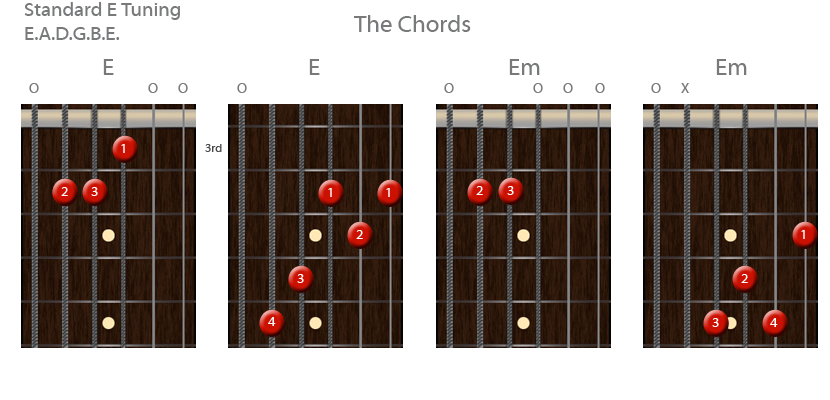
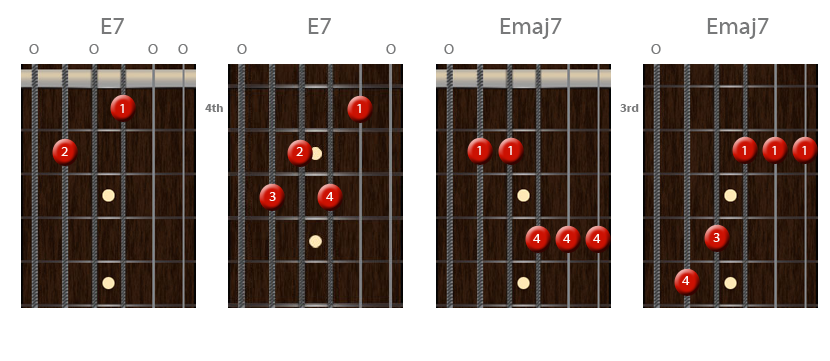
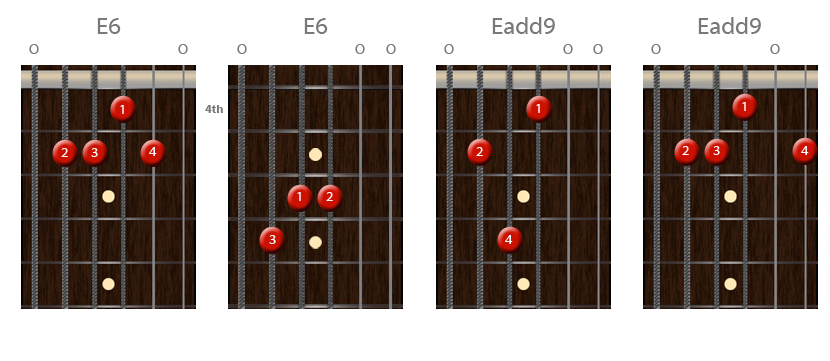
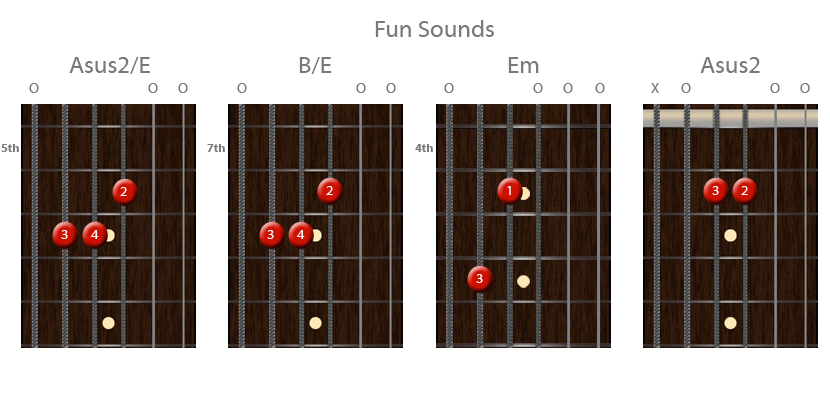
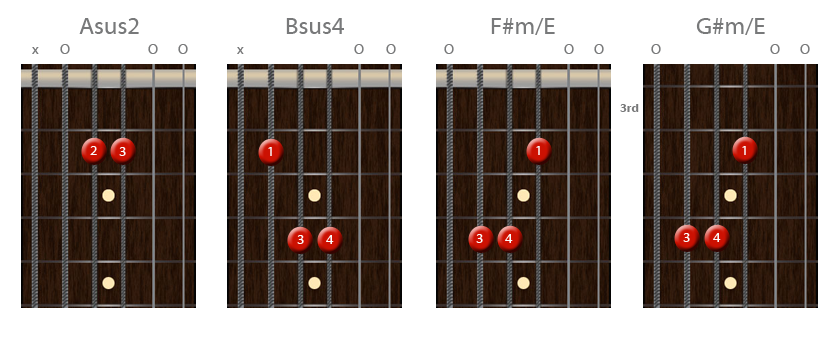
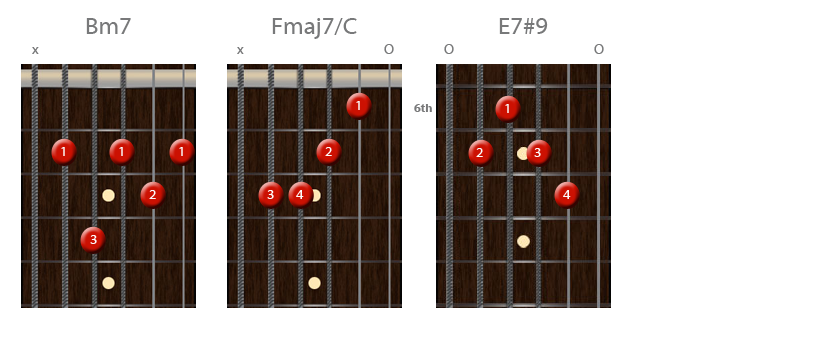
Standard tuning has evolved to provide a good compromise between simple fingering for many chords and the ability to play common scales with minimal movement for the fretting hand. The separation of the first (e') and second (b) string, as well as the separation between the third (g), fourth (d), fifth (A), and sixth (E) strings by a five-semitone interval (a perfect fourth) allows notes of the chromatic scale to be played with each of the four fingers of the left hand controlling one of the first four frets (index finger on fret 1, little finger on fret 4, etc.). It also yields a symmetry and intelligibility to fingering patterns.
The separation of the second (b), and third (g) string is by a four-semitone interval (a major third). Though this breaks the fingering pattern of the chromatic scale and thus the symmetry, it eases the playing of some often-used chords and scales, and it provides more diversity in fingering possibilities.
A similar tuning where the chords are the same is 'Standard E flat' (Eb.Ab.Db.Gb.Bb.Eb.). This was favoured by Jimi Hendrix amoungst others and generates a deeper moody emotion and can be good for blues and jazz.

